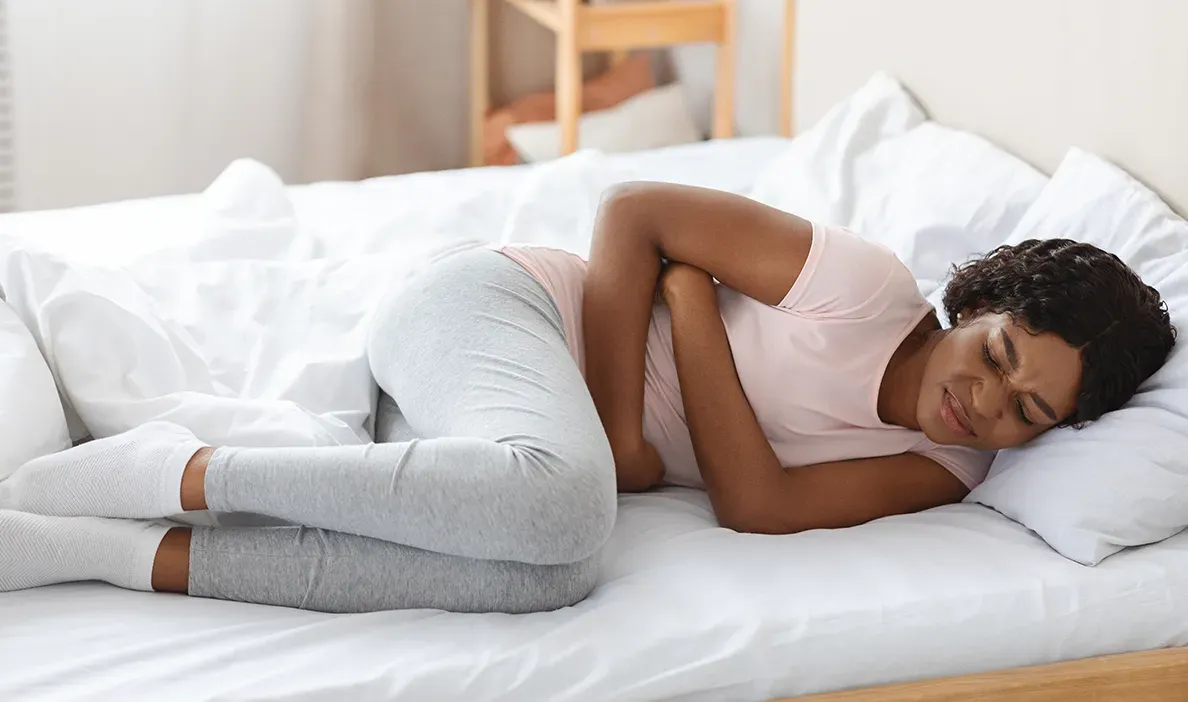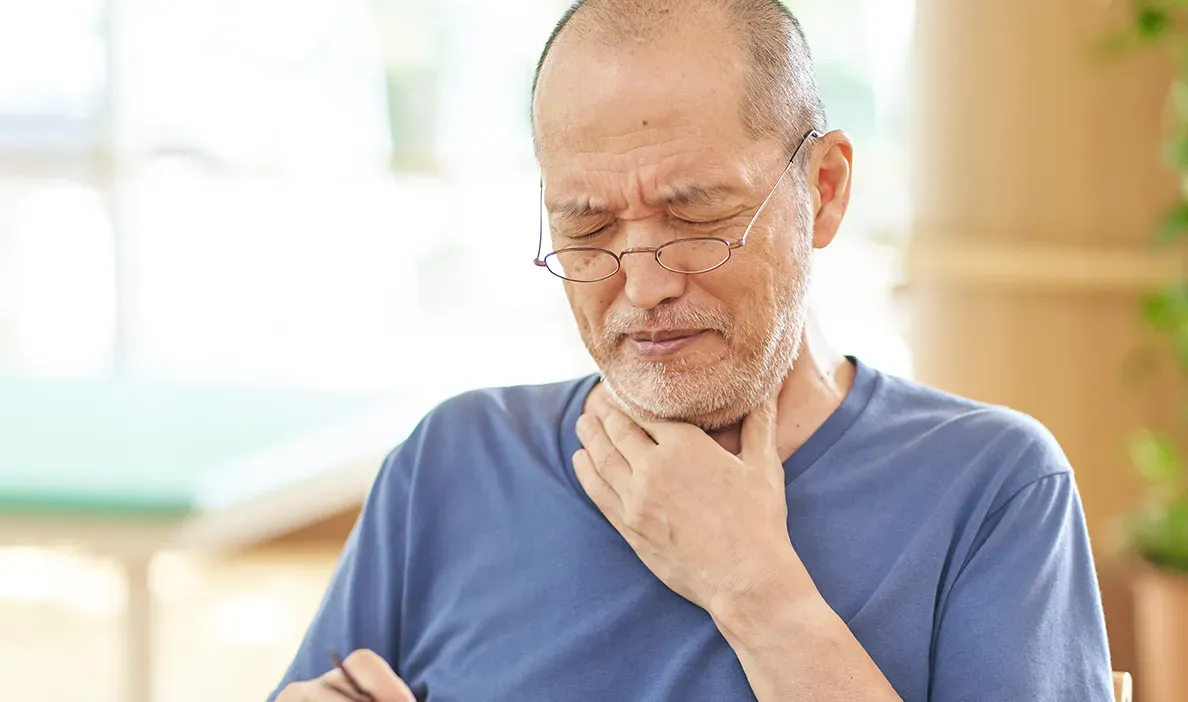There are many reasons you might feel pain while living with cancer. Pain can be a symptom of the cancer itself, but it’s also a common side effect of many cancer treatments.1
Pain is personal, and everyone experiences it in their own way. Here, we’ve put together some tips that may help you manage your pain.
Keep a pain diary
Jotting down your moments of pain can help you to remember them. Then you can show the notes to your doctor and this may help them to provide pain management options.2
You should try to include the following information in your pain diary:
- When you experience the pain
- How bad the pain is
- What type of pain it is (for example, stabbing, dull, achy; does it stop and start or is it continuous?)
- Where you feel the pain
- What brings the pain on
- What makes the pain worse or better
- What pain relief measures you use
Top tip:
Try to give as much detail as possible when writing your pain diary. Also, use a pain scale of 0–10 (0 being no pain, 10 being the worst pain imaginable) for how severe the pain is.2
Use simple pain relief techniques
There are some simple things you can do to help relieve your pain. Sometimes rest is the best thing for pain, so try sitting or lying down in a comfortable position. You can try using heat or ice pads on the painful area while you rest.3
If you feel able to, try some gentle exercise. This can help to relieve pain, particularly in your muscles and joints.3
Top tip:
Doing something you enjoy may distract you from pain for a little while. Getting lost in a movie, reading a book, or listening to music can be a welcomed distraction.
Taking painkillers
Your doctor will talk with you about your pain and may prescribe painkillers to help manage it. There are many types and strengths of pain medications available, so it’s important to get the right type and to take them exactly as your doctor or pharmacist recommends.4,5
You may also be given other medicines to relieve pain, such as steroids and muscle relaxants.4
Top tip:
Be sure to take your painkillers as your doctor or pharmacist has instructed. It's best not to wait until you feel pain again before taking your next dose. This can make it harder to manage your pain effectively.5
We understand that managing cancer-related pain may be challenging, but you don’t have to face it alone. Although these tips may help you to relieve some of that pain, if your pain is too difficult to manage on your own, or if you have a new or worsening pain, please speak to your doctor as soon as possible.
References
- Cancer Research UK. Causes and types of cancer pain. Available at: https://www.cancerresearchuk.org/about-cancer/coping/physically/cancer-and-pain-control/causes-and-types [Accessed June 2025].
- Mayo Clinic. Cancer pain: Relief is possible. Available at: https://www.mayoclinic.org/diseases-conditions/cancer/in-depth/cancer-pain/art-20045118 [Accessed June 2025].
- Macmillan. Cancer pain management without drugs. Available at: https://www.macmillan.org.uk/cancer-information-and-support/impacts-of-cancer/pain/pain-management-without-drugs [Accessed June 2025].
- Macmillan. Types of painkillers. Available at: https://www.macmillan.org.uk/cancer-information-and-support/impacts-of-cancer/pain/types-of-painkillers [Accessed June 2025].
- Cancer Research UK. What are painkillers? Available at: https://www.cancerresearchuk.org/about-cancer/coping/physically/cancer-and-pain-control/treating-pain/painkillers/what-painkillers-are [Accessed June 2025].






